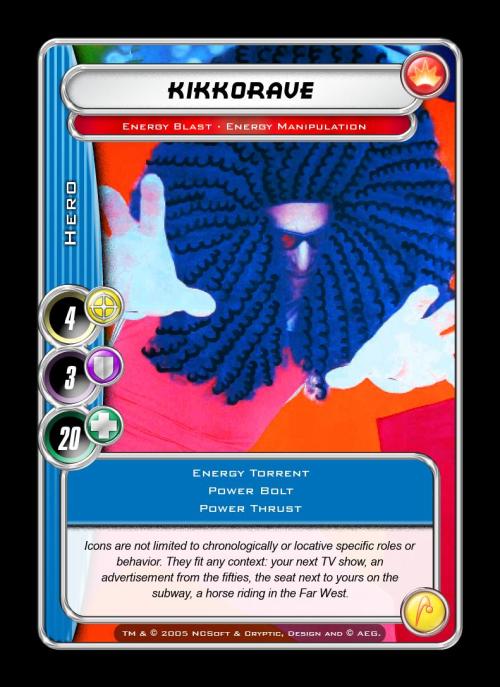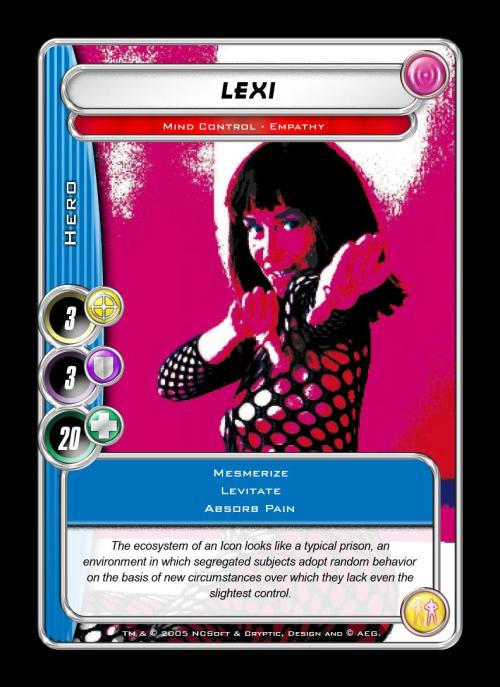Random Icons – The Making Of
EPVS exposition in Roma
Spoliaculture
Spazio Bloomsbury
Vernissage feb. 27 2009 h. 19
Video Installation “Bubbling 4 you”
Open till March 9 2009
Dolls and Puppets
The making of an Icon might be explained in relativistic, chronotopical terms as subtraction of space and time a person is previously immersed into. In such terms, puppets and dolls have to be assumed as atemporal and atopic entities, deguisable in any possible fashion, since they do not belong to any specific here and now. Accordingly, the same dolls may be showing onstage as timeless princesses or nurses or whoever, as placeless puppets might be sitting on dinosaurs, into a train or wherever. So defined Icons are not limited to chronologically or locatively specific roles or behaviors. They fit any context, your next tv show, an advertising from the fifties, the seat next to yours on the subway, a horse riding in the far west.

The Ecology of Icons
As myths are deeply rooted in history, Icons were once people, more or less popular gals, ladies, cool guys or random blokes. That’s why a more radical approach may argue that in order to emerge as Icons, the individuals they once were have been deprived of opportunities for action that were initially provided by their original environment. Afterwards, the ecosystem of an Icon looks like a typical prison, an environment in which segregated subjects adopt random behavior on the basis of new circumstances over which they lack even the slightest control.
![]()
Actions and Gestures
Accordingly, Icons perform gestures not actions. Indeed, their ecology is not defined by purposeful interaction with their own very narrow and deserted environment. Icons eventually move, but is that dancing? Icons eventually prowl sinuously, but is that seducing? Icons eventually move between balloons but why? Icons bump balloons on the floor; still, to what purpose? Icons are actually living somewhere on this planet, but they are confined to a locatively meaningless nowhere, places that may be anywhere on Google maps or, more likely, on the ‘Map of the Strange’. Just as in time, Icons are eventually now, or tomorrow, let’s say yesterday, but who cares? They don’t.

The Artist as an Icon
It is common sense that artists love to be famous and recognized everywhere, as they are eager to outlive their human experience as people. That’s why they might be very concerned by processes of self-iconization. Common sense is wrong, however, at least when it comes to real artists. Indeed, they are more likely to aim at joining their Icons in the very same prisons to which they themselves confined them. That’s what a self-portrait tries to be: an artist’s desperate, tentative attempt to feel the same way his own victims feel after he ‘treated’ them, ‘worked them out’, in short iconized them. Indeed, in order to iconize his victims in the most effective way, the artist has to experience first-hand how it feels to be deprived of opportunities for action that once defined the extent of the nostalgically neglected belonging to mankind.



iconizer 🙂
i just read that pope has prohibited to use your mp3, sms and other similar things on fridays…
some of these icons are so wonderful, and just know how much i battled 2 years ago against trading with them
Not a big surprise that anything prohibited by the pope is actually my business, since the middle ages so far 😀